“I don’t know what the secret to longevity as an actress is… maybe it’s the audience seeing itself in you.” … Joan Blondell
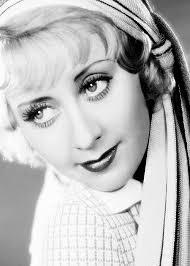
Joanie should know. Joan Blondell, born Rose Joan Blondell on August 30, 1906, in NYC, lived her entire life performing on stage and screen. She died of leukemia on December 25, 1979 in Santa Monica, CA. It is bittersweet to honor this remarkable woman so close to what will be the 37th anniversary of her death this Christmas day.

Joan was born to entertain audiences. She cut her teeth working with her comic parents on the vaudeville stages from age three to seventeen, while educated at the Professional Children’s School. She was a seasoned pro by the time she transitioned to the Ziegfeld Follies and then onto the Broadway stage.
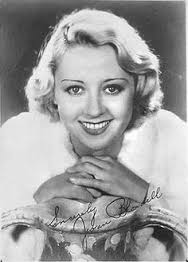
It was a Broadway production that paired her with James Cagney, which lead to five more celebrated film features, starting with John G. Adolfi’s SINNERS’ HOLIDAY (1931) where they reprised their stage roles. The other Blondell/Cagney paired films that followed are: William Wellman’s OTHER MEN’S WOMEN (1931), William Wellman’s THE PUBLIC ENEMY (1931), Howard Hawks’ THE CROWD ROARS (1932), Lloyd Bacon’s FOOTLIGHT PARADE (1933), and HE WAS HER MAN (1934). The chemistry sizzle on the screen was visible between these two talents, making for memorable performances that launched both of their careers into an explosion of roles in the Pre-Code era. While they supposedly kept their romance limited to the screen, Cagney said she was the only woman other than his wife he ever loved.

But to give you some perspective on just how much Blondell worked starting with the early talkies of the Pre-Codes and throughout the duration of the 1930s, she was in over fifty films during that decade alone. Most of this ridiculously busy schedule could be attributed to her contract with Warner Brothers. They kept her working fast and furious in roles at a time when being employed was a very good thing. And she enjoyed her WB family of co-star friends and filming crews immensely. The problem was, while she found herself in-demand and in work, she was not only typecast but stuck below the top tier of the marquee.
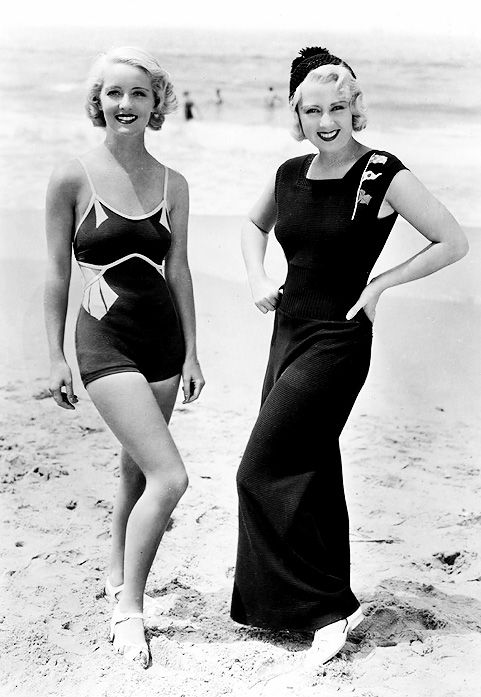
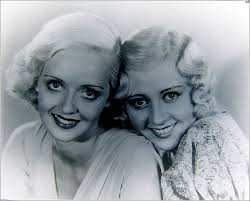

While others demanded more and knew how to cause ripples within the political studio system in a persuasive way (like her good friend Bette Davis), Blondell thought of her job as a job. Joan punched the clock and went home when the job was done. She worked extremely hard, acted consistently professional, but didn’t desire to play the ambitious game.
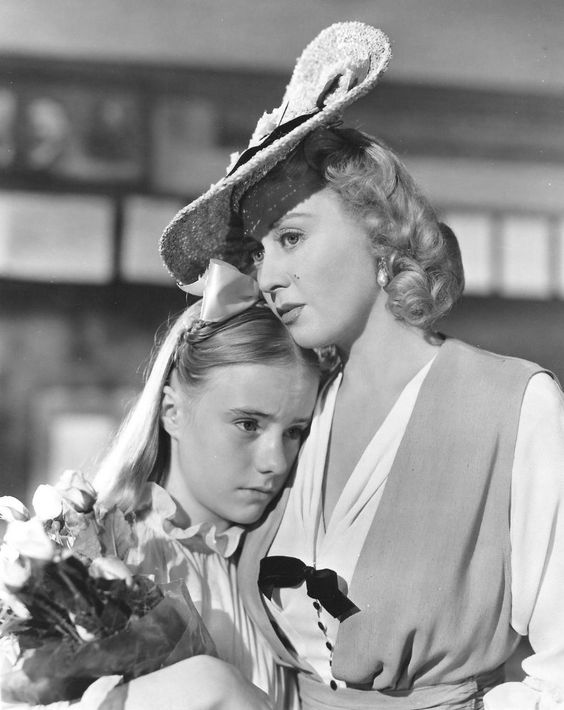
Working free of the studio playbook in the 1940s and 1950s, the work was less frequent and the pace less brutal; yet offered some meatier roles, such as Gail Richards in TOPPER RETURNS (1941), Aunt Sissy in A TREE GROWS IN BROOKLYN (1945), Zeena Krumbein in NIGHTMARE ALLEY (1947), and Annie Rawlins in THE BLUE VEIL (1951) for which she was nominated for An Oscar, Best Actress in a Supporting Role. Even still, she struggled to garner critical acclaim in a way that moved her name up to the leading lady, mega star status.
The 1950s ushered in the television age and Joan Blondell was determined to be a player. The frequency of roles kept her busier but yet again, she found herself working harder, not smarter in struggling to move her name to the top position in billing.
The 1960s and 1970s brought memorable roles such as Jenny in SUPPORT YOUR LOCAL GUNFIGHTER (1971), Lady Fingers in THE CINCINNATI KID (1965), Sarah Goode in OPENING NIGHT (1977) and Dolly in THE CHAMP (1979). Her TV work continued with roles such as Lottie Hatfield in “Here Come the Brides.” Fans unaware of her saucy and leggy days as a Pre-Code platinum blonde may know her more for her later work such as Vi in GREASE (1978) or caught her in reruns from retro TV networks such her bit parts in 50’s TV westerns, Starsky and Hutch (1976), The Love Boat (1978), Fantasy Island (1979) and so much more.
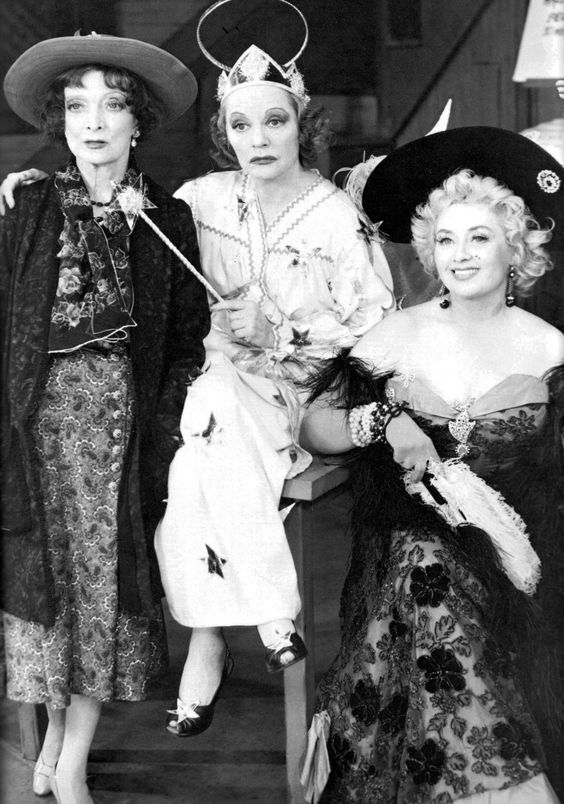
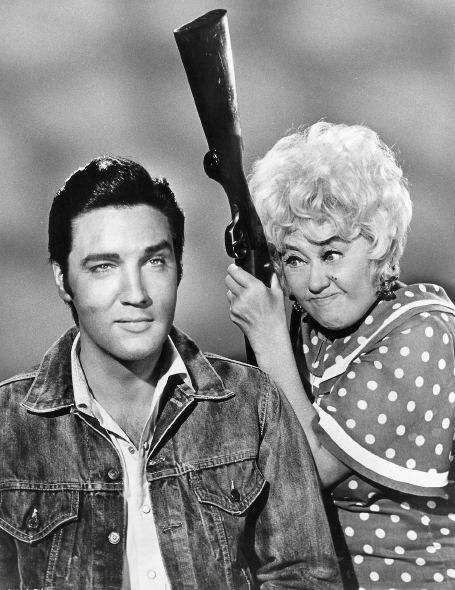
She worked right up until the end, even while battling the Leukemia that ultimately took her life in 1979, with her last role being Aunt Coll in THE WOMAN INSIDE (1981), released posthumously. With 160 acting credits to her name, and after publishing her popular 1972 autobiographical novel “Center Door Fancy,” Joan never quit.
Married three times, divorced three times, her first husband famed cinematographer George S. Barnes (m. 1933-1936) was a decision reflecting her “naive sophisticate”(as James Cagney called her) ways of a younger Joanie, fresh in her film career. Emotionally dysfunctional, this relationship was fated for disaster. Barnes was still married to his third wife as their romance grew and he assured her the marriage was on paper only and would be ended swiftly. During this time of officially divorcing his third wife and marrying Joan (he went on to marry for a total seven times), she became pregnant and he arranged for the termination. Their son and only child from the marriage, TV producer/director Norman Scott Barnes was born in 1934 but later changed his last name to Powell in 1938 when Barnes relinquished all parental rights and he was adopted by Joan’s second husband.
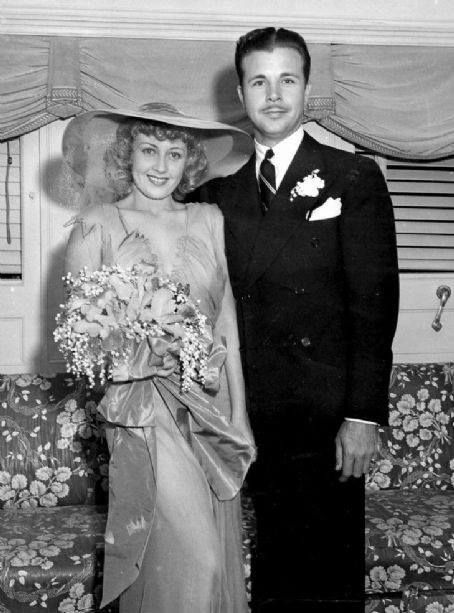
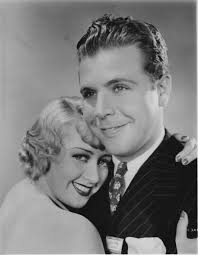
Her second marriage to actor Dick Powell (m. 1936-1944) was more stable but tepid in romance. In addition to adopting Norman, they had a child together, Ellen Powell, who is known for her makeup department work in film and tv, such as her Emmy nominated work in hair styling.
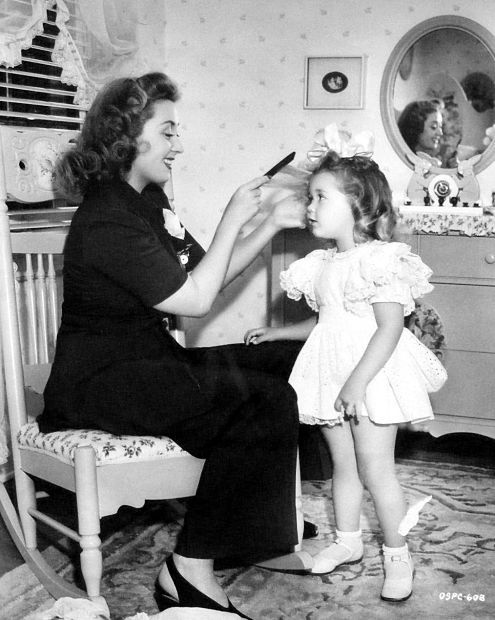
Joan and Dick made ten musicals together. But after they both had grown weary of the incessant typecasting of formulaic musicals each began over a decade prior, just as they attempted to move their careers in more dramatic roles, their marriage also became stagnant. Right up until the time Dick left Joan for actress June Allyson. In this same pivotal year Dick Powell left one marriage for another, he left his sugary musicals and boyish charm behind with MURDER MY SWEET (1944), launching a dramatically different type in his cinematic world with film noir and never looked back.
Her last husband (m. 1947-1950), producer Michael Todd was said to be physically abusive and a financial mess, thanks to heavy gambling and repeatedly poor investments. She found this relationship to be her most passionate. Great for the bedroom initially but later his behavior revealed itself into abuse. His chaotic ways also wiped out her savings. So she continued to work for the next three decades-because financially she had to.
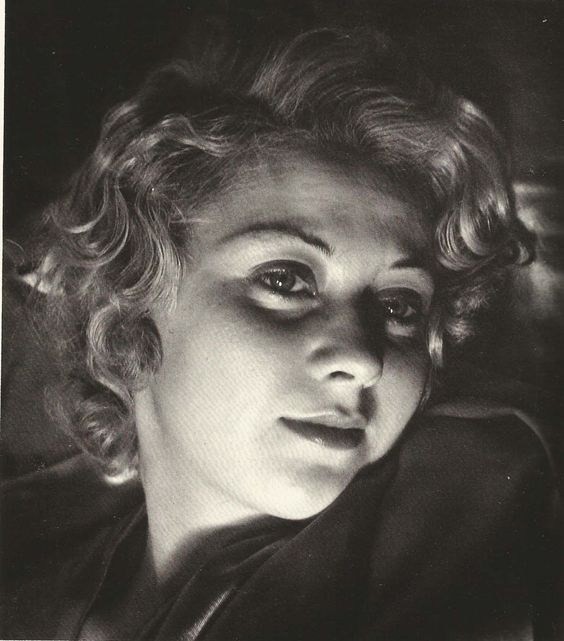
She wasn’t always lucky in love or ambition, but certainly made up for it in talent, enduring work ethic and generosity of spirit. Time after time, this unforgettable performer played second-fiddle, the rapid-fire, sharp-tongued best friend, the second lead, the snarky office gal, the lingerie-clad roomie, the sharp opportunist, the frowzy, lovable saloon owner, the gangster’s girlfriend, the wise aunt, and the down-to-earth, tell-it-like-it-is scene-stealer. She was all these nuances of woman and more. She mastered tv and film, Pre-Codes, dramas, and comedies. But she never truly reached the well-deserved splendor of consistent top billing.

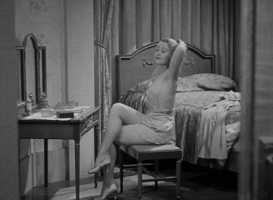
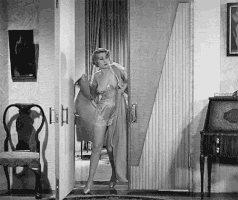
While I admire the entire breadth of Joan Blondell’s work, I am always biased towards her early days of Pre-Codes. You couldn’t find a better pair of sexy gams in those Busby Berkley musicals and she delivered such hilariously sassy lines with the perfect punch. Take a look at her delicious delivery of “As long as they’ve got sidewalks, YOU’VE got a job!” as she proceeds to kick the woman out the door, right in the tuchus, in Lloyd Bacon’s FOOTLIGHT PARADE (1933) or her haunting “My Forgotten Man” in Mervyn LeRoy’s THE GOLD DIGGERS OF 1933. There are too many to list here (because the woman was a damn work-horse during those years!) But no matter how small the role, Joan Blondell made it her own and she made it memorable. So yes, Joanie, you did know the secret to longevity as actress, and perhaps your greatest role in life was that of survivor- a role this audience member and countless other fans can relate.
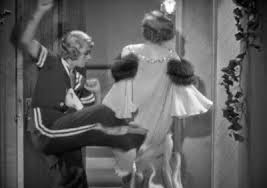
*This was my contribution to the What A Character! Blogathon, hosted by Aurora of Once Upon A Screen, Paula of Paula’s Cinema Club, and yours truly. Please review all three days for a recap of fantastic character actor tributes… THANK YOU & ENJOY!! 🙂
day one: kellee
day two: aurora
day three: paula
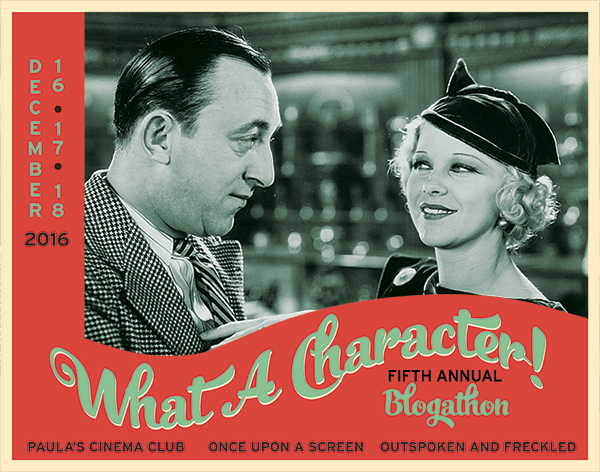


What a great post. I feel especially bad for her last marriage. I like her early work best but loved the who overview.
LikeLiked by 1 person
Fantastic piece on a grand gal who should have won an Oscar for her role as Aunt Sissy in A Tree Grows in Brooklyn…great job Kellee!!! My fave line of Joanie’s is Listen baby I’m APO Ain’t putting out!
LikeLike
She made nearly three dozen films betwwen 1931 and ’33 alone! A workhorse and genuine professional. I adore Joan, and wish Warners had finally learned how to use her as a lead (as Paramount eventually did with Carole Lombard after Columbia gave her vehicles better suited to her talent, notably with “Twentieth Century”). My tribute to Blondell from a few years back: http://carole-and-co.livejournal.com/436757.html. And here’s something she wrote for a fan magazine about her buddy Glenda Farrell: https://thoughtsandramblingsofhardwickebenthow.wordpress.com/my-pal-glenda/
LikeLike
One of the ALL-TIME GREATS!!! LOVE this tribute to Joanie, Kellee!! It’s astounding what a fixture she was in the 1930s. There are lots I still have to see. I almost fell off my chair when I saw the picture of her with Elvis. OMG!! I forgot she was in STAY AWAY, JOE with the King. 😉 WOWZA!!
Aurora
LikeLike
Blondell is one of the best, no question. It may not be possible to see all her movies but I’m working on it. She was a pretty good writer as well. If anyone has a chance, you might want to check out her thinly-veiled autobiography, Center Door Fancy. Very interesting read.
LikeLike